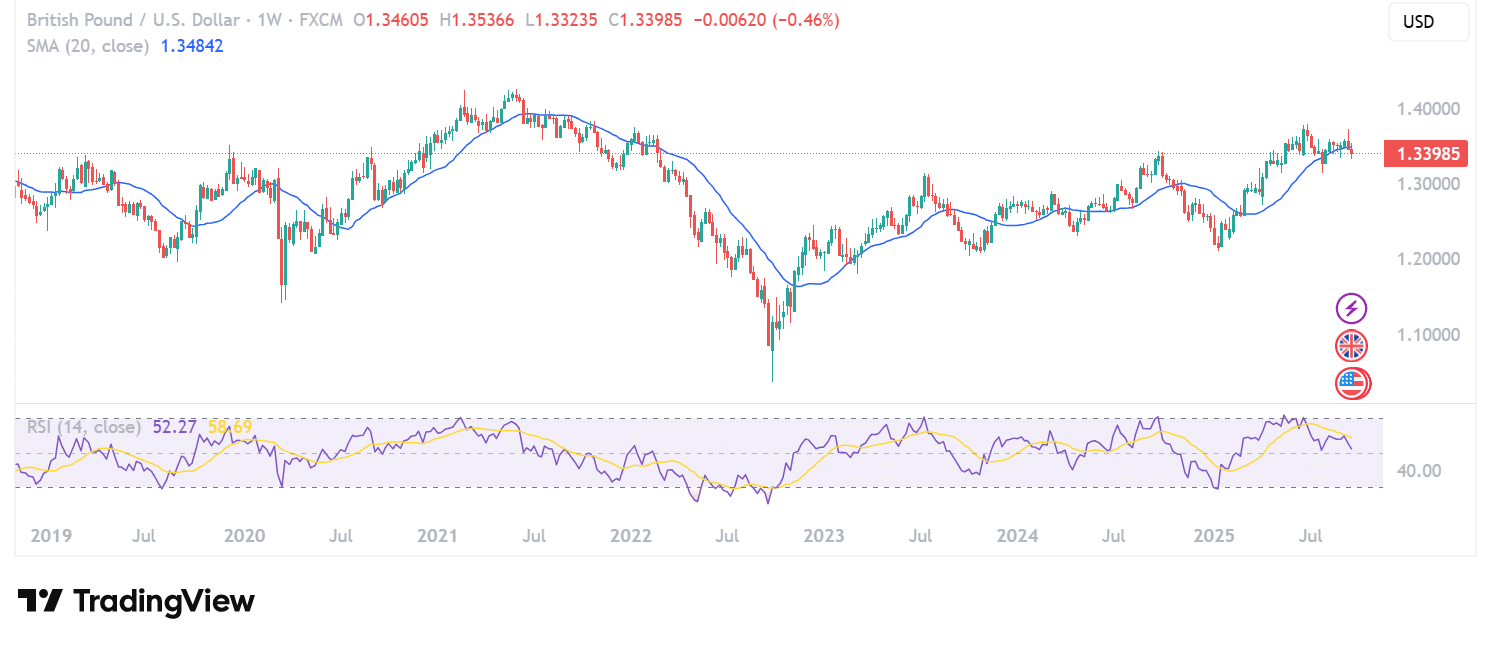First Digital ID: Is the British Pound Going Digital? Tokenized Sterling Explained - The 2025 Breakdown
The Bank of England just dropped a digital bombshell—sterling is getting a blockchain makeover.
Tokenized Pound: What It Actually Means
Forget paper notes gathering dust in vaults. The digital pound cuts through traditional banking delays, settling transactions in seconds instead of days. It bypasses intermediaries completely—no more waiting for clearance or paying middleman fees.
How Digital Sterling Works
Each token represents actual pound sterling held in reserve. Think of it as currency with a digital fingerprint—traceable, secure, and programmable. Smart contracts automate payments while maintaining full regulatory compliance.
The Banking Industry's Cold Sweat
Traditional banks are watching nervously as the technology that could make their legacy systems obsolete gains official backing. After all, why wait three business days for a transfer when you can do it in three seconds?
This isn't just an upgrade—it's a financial revolution with the UK's stamp of approval. The City of London might finally be catching up to technology that crypto enthusiasts have championed for years. Because nothing says progress like banks being forced to innovate by their own central bank.

(Source – GBP USD, TradingView)
Six lenders, Barclays, HSBC, Lloyds Banking Group, NatWest, Nationwide, and Santander, are taking part in the pilot, which is being coordinated by UK Finance. The project began on September 26 and will run until mid-2026.
The tests focus on three use cases: marketplace payments, remortgaging, and digital-asset settlement.
According to UK Finance, the goal is to cut fraud, speed up settlement, and give customers more control over how money moves.
This marks one of the most significant steps yet in the UK’s push toward programmable money. Instead of creating a new currency, tokenized deposits work as digital representations of money already held at banks.
They are expected to play a central role in the country’s broader digital-finance strategy, sitting alongside the Bank of England’s work on digital money and securities.
Why Does the Bank of England Prefer Tokenized Deposits Over Stablecoins?
Britain’s pilot of tokenized sterling deposits is gathering momentum with backing from top banks and major industry partners.
UK Finance describes the tokens as digital versions of commercial-bank money.
They carry the same protections as regular deposits but come with added programmability, allowing payments to be automated and tailored to specific needs.
The pilot is supported by Quant on technology, EY for advisory, and Linklaters on legal work.
“This project is a powerful example of industry collaboration to deliver next-generation payments,” said Jana Mackintosh, UK Finance’s managing director for payments and innovation.
The Bank of England has also pushed banks toward this model, arguing that tokenized deposits are safer than privately issued stablecoins because they keep funds within the regulated banking system.
According to Reuters, the pilot will expand from marketplace payments into remortgaging and digital-asset settlement. HSBC has signaled that client demand is strongest in cross-border payments, where tokenized deposits could cut costs and settlement times.
How Does the UK Regulated Liability Network (RLN) Shape Tokenized Bank Money?
Tokenized sterling deposits are not central bank digital currency (CBDC) or private stablecoins. They are commercial bank liabilities recorded on distributed ledgers, designed to work with today’s payment systems and future tokenized markets.
The initiative builds on the U.K.’s Regulated Liability Network (RLN) trials and sits alongside the Bank of England’s ongoing work on digital money and the Digital Securities Sandbox.
The pilot comes after months of policy signals and fresh funding for supporting infrastructure.
This week, blockchain settlement firm Fnality, operator of the Sterling Fnality Payment System under BoE oversight, secured about $136M from banks and market participants to expand wholesale, tokenized settlement rails in Britain and abroad.
Investors include Bank of America, Citi, and WisdomTree.
Participating banks describe tokenized deposits as an upgrade to existing money rather than a replacement. “The upgrading of bank deposits to a digital FORM will help ensure commercial bank money remains central to the economy,” said Ryan Hayward, head of digital assets at Barclays.
HSBC called tokenized deposits “an important development in digital money.”
Regulators have stressed that rules for stablecoins will not be finalized until late 2026. But they have encouraged banks to test tokenized deposits under current frameworks.
That approach, together with live pilots, signals that the UK is positioning tokenized bank money as a bridge to a more programmable financial system, one that could coexist with any future digital pound.
The pilot runs until mid-2026. Key indicators will be whether programmable deposits reduce fraud in online marketplaces, shorten mortgage refinancing timelines, and enable instant settlement for tokenized assets.
Markets will also watch for further updates from the BoE on the digital pound and from the FCA on the final stablecoin rulebook.
Join The 99Bitcoins News Discord Here For The Latest Market Updates

